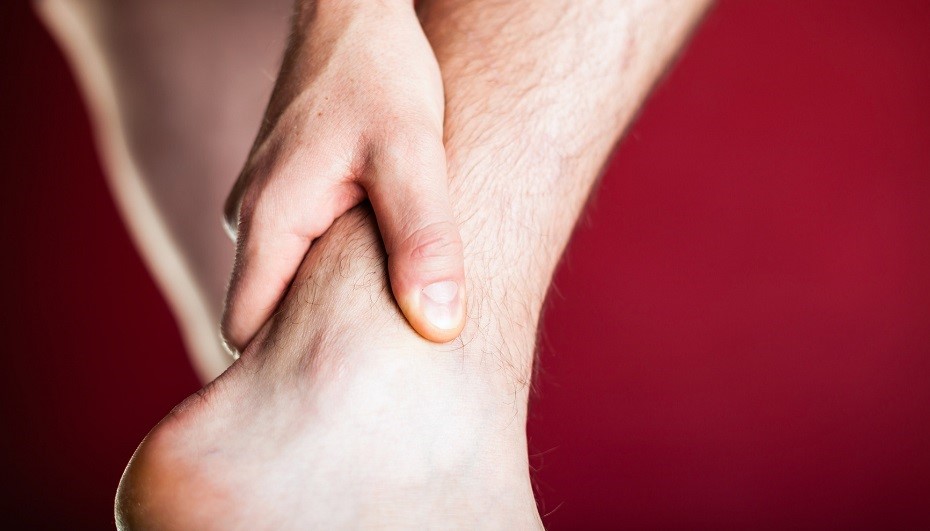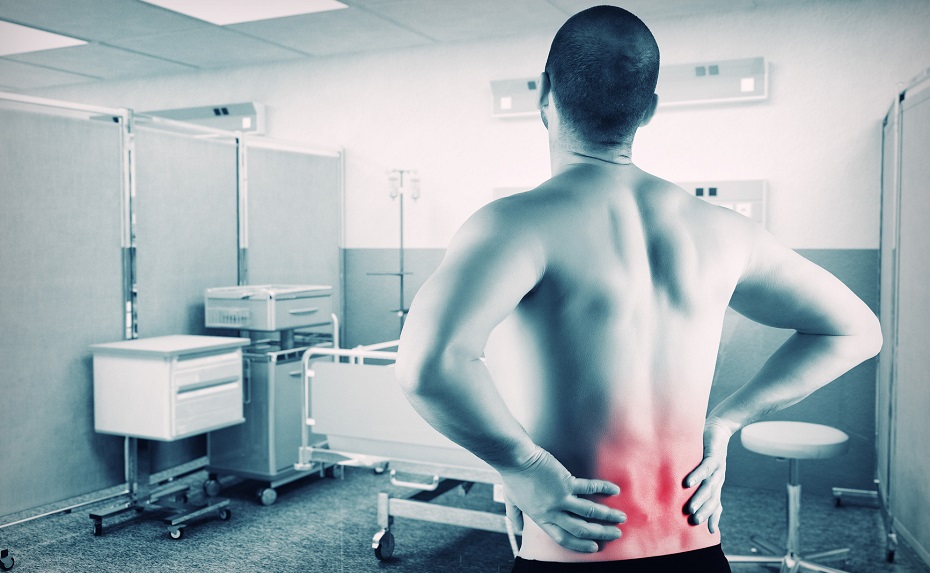

What Is Neural Prolotherapy?
Neural prolotherapy is a treatment for pain which uses shallow injections of a 5% dextrose (sugar) solution into the surrounding area of an inflamed nerve. The goal of the treatment is to reduce inflammation, swelling and pain of the affected nerve.
This treatment was originated by Dr. John Lyftogt MD of New Zealand in an attempt to remedy his own Achilles tendinitis. Following his recovery, Dr. Lyftogt has since gone on to a career of teaching neural prolotherapy internationally.
What Causes Pain?
The perception of pain begins in the peripheral sensory nerves of the body. When the TRPV-1 receptor (aka: capsaicin receptor) of sensory nerve fibers is activated, internal inflammatory changes begin1. As inflammatory changes progress in the nerve, swelling and internal pressure increase. Internal nerve “flow” is slowed by this process and will even come to a halt at a pressure of 30 mmHg2. New injuries, old injuries and overuse are all contributing factors to excessive activation of the neural TRPV-1 receptor, nerve compression, inflammation and pain.
What Conditions Does Neural Prolotherapy Help?
As is taught by neural prolotherapy experts (Dr. John Lyftogt MD, Dr. Stanley Lam MD) and as I have seen in practice, this treatment helps most painful conditions of the body. If a peripheral nerve is being affected, neural prolotherapy can help. Frozen shoulder, low back pain, sciatica, Osgood-Schlatter disease, Achilles tendinitis, plantar fasciitis, osteoarthritis, temporomandibular joint dysfunction, tension headaches and migraines are just a few of the conditions which neural prolotherapy can help.

Why Dextrose Injections For Pain?
The theory behind using 5% dextrose for pain is that dextrose is a direct antagonist of the TRPV-1 receptor. When injected near an inflamed, swollen nerve it is thought that the dextrose downregulates activity of the TRPV-1 receptors and reduces inflammation and pain as a result. The injected fluid also creates a hydrodissection, meaning that the injected fluid surrounds the nerve, creating a cushion from any impinging muscles or bursae which may be squeezing the nerve.
Is Neural Prolotherapy Similar to Acupuncture?
Yes, in some ways. Neural prolotherapy is similar to acupuncture in that the needles used are of similar size and the goal is often the same, that is, to reduce pain. The primary difference is that neural prolotherapy has an additive effect from the injection of 5% dextrose into the tissue which is not accomplished with the needle-stick alone of acupuncture.
Do Neural Prolotherapy Injections Hurt?
Not much. Neural prolotherapy hurts no more than acupuncture (which doesn’t hurt much). Neural prolotherapy is a walk in the park compared to the pain of a cortisone injection, which can be very painful.
Are Neural Prolotherapy Injections Safe?
Neural Prolotherapy injections are remarkably safe when given by a properly trained practitioner. Subcutaneous injections in general are safe as they are deposited just under the skin and are absorbed slowly. Dextrose is something we consume in our diets daily and dextrose has also been used safely at the 5% concentration intravenously for decades.
How Will I Feel After a Neural Prolotherapy Session?
Often, immediately after a neural prolotherapy session patients will have pain relief. The injection may act very quickly and within seconds the patient’s pain will be less. Some patients may take several treatments to reduce their pain.
How Many Treatments Will I Need?
Typically patients will need 5-8 treatments, at a rate of one treatment per week, in order to achieve resolution of their symptoms.
Has Neural Prolotherapy Been Researched?
The research on neural prolotherapy is still in its infancy. One Korean clinical trial3 found that injections with 5% dextrose were effective for reducing pain associated with myofascial trigger points when compared with saline or 0.5% lidocaine. Most research in this area has been performed on classic prolotherapy, which uses higher concentrations of dextrose (12.5-50%) in order to reduce pain and promote ligament repair. The available research on prolotherapy is very encouraging 4,5,6.
Neural Prolotherapy in Halifax
If you are interested in having neural prolotherapy treatment and are in the Halifax area, contact MacLeod Naturopathic to book an initial consultation with Dr. MacLeod.
References
- Caterina MJ, Schumacher MA, Tominaga M, Rosen TA, Levine JD, Julius D. The Capsaicin receptor: A heat-activated ion channel in the pain pathway. Nature 1997; 389:816-824
- Magdesian MH, Sanchez FS, Lopez M, Thostrup P, Durisic N, Belkaid W, Liazoghli D, Grütter P, Colman DR. Atomic force microscopy reveals important differences in axonal resistance to injury. Biophys J. 2012 Aug 8;103(3):405-14.
- Kim MY, Na YM, Moon JH. Comparison on Treatment Effects of Dextrose Water, Saline, and Lidocaine for Trigger Point Injection. J Korean Acad Rehabil Med. 1997 Oct;21(5):967-973.
- Topol GA, Podesta LA, Reeves KD, Raya MF, Fullerton BD, Yeh HW. Hyperosmolar dextrose injection for recalcitrant Osgood-Schlatter disease. Pediatrics. 2011 Nov;128(5):e1121-8.
- Scarpone M, Rabago DP, Zgierska A, Arbogast G, Snell E. The efficacy of prolotherapy for lateral epicondylosis: a pilot study. Clin J Sport Med. 2008 May;18(3):248-54.
- Distel LM, Best TM. Prolotherapy: a clinical review of its role in treating chronic musculoskeletal pain. PM R. 2011 Jun;3(6 Suppl 1):S78-81.